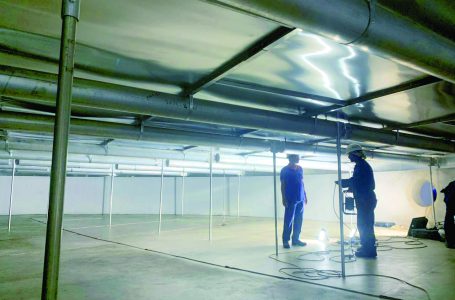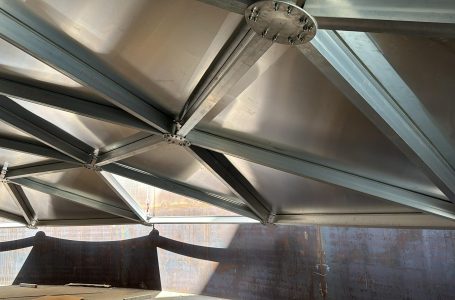INSPECTION

Experienced personals Inspection
Scheduled inspections by experts are conducted on tanks with seals to assess their safety and efficiency.
Inspecting oil storage tanks is a crucial aspect of ensuring safety, environmental protection, and operational efficiency. These inspections are typically conducted at regular intervals, adhering to industry standards like API 653.
Key Features
- External Inspection
- Internal Inspection
- Roof Inspection
- Floor Inspection
- Tank Bottom Inspection
- Regulatory Compliance
- Safety Protocols
- Environmental Considerations

More into Key Features of our Inspection process
External Inspection:
- Visual Examination: Check for signs of corrosion, dents, bulges, leaks, or damage to the tank shell, roof, foundation, and appurtenances.
- Foundation Inspection: Verify the integrity of the foundation, looking for cracks, settlement, or erosion.
- Cathodic Protection System: Assess the condition of the cathodic protection system, including anodes and reference electrodes.
- Piping and Valves: Inspect the condition of piping, valves, and fittings for leaks, corrosion, and proper operation.
Internal Inspection:
- Visual Examination: Once the tank is emptied and cleaned, visually inspect the interior for corrosion, pitting, and other signs of deterioration.
- Ultrasonic Thickness Testing (UT): Measure the wall thickness at various locations to assess corrosion and thinning.
- Magnetic Particle Inspection (MPI): Detect surface cracks and defects in ferromagnetic materials.
- Dye Penetrant Inspection (DPI): Identify surface cracks and defects in non-ferromagnetic materials.
Roof Inspection:
- Visual Examination: Check for corrosion, punctures, and damage to the roof’s structural members and seals.
- Roof-to-Shell Seal Inspection: Verify the integrity of the seal between the roof and shell.
- Roof-to-Roof Seal Inspection: For double-roof tanks, inspect the seal between the inner and outer roofs.
Floor Inspection:
- Visual Examination: Check for corrosion, pitting, and damage to the floor plate.
- Magnetic Flux Leakage (MFL) Inspection: Detect floor plate thinning and defects.
Tank Bottom Inspection:
- Visual Examination: Inspect the bottom for corrosion, pitting, and damage.
- Ultrasonic Thickness Testing (UT): Measure the thickness of the bottom plate.
Regulatory Compliance:
Ensure the inspection adheres to local, state, and federal regulations.
Safety Protocols:
Prioritize safety during inspections, following established safety procedures.
Environmental Considerations:
Implement measures to minimize environmental impact during the inspection process.


